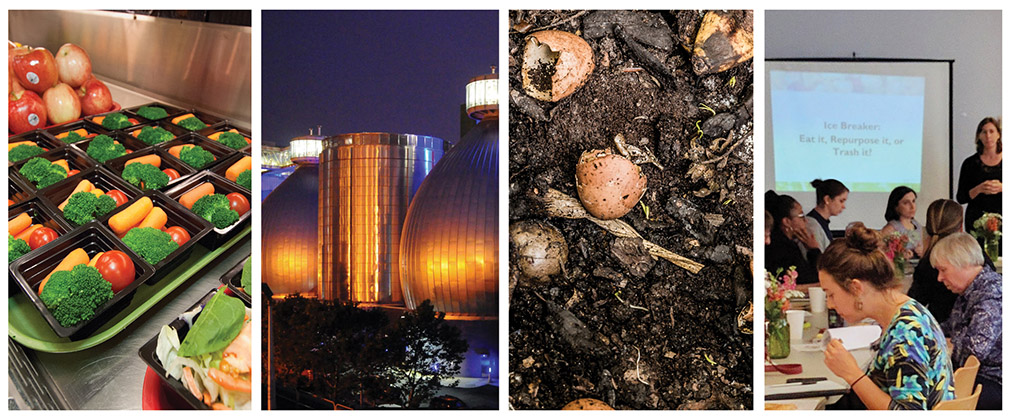Government Efforts to Reduce Wasted Food Gaining Traction
Aug 17, 2017

Executive Summary | Full Report | Map
Local and national governments in more than 20 countries around the world have actionable plans in place to reduce the waste of food, according to a new report published today by researchers at the Johns Hopkins Center for a Livable Future (CLF) in the Bloomberg School of Public Health’s Department of Environmental Health and Engineering. The recent growth in government-led initiatives targeting food waste reflects increasing public awareness of the issue and its impacts on food security, the economy, and the environment.
The report analyzed 93 official plans addressing food waste developed by local, state, and national governments. Researchers assessed how the government plans approached the topic of food waste, including how they framed their objectives, prioritized interventions, set goals, partnered with non-governmental entities, and evaluated progress.
“Since the year 2000, there’s been a dramatic increase in the number of plans on reducing the waste of food coming from many different regions and levels of government,” said Irena Gorski, lead author of the report, who is a doctoral student and research assistant at the CLF. “This is very encouraging, but we also saw a need to analyze where and how these plans are working in practice.”
Using a specified search strategy and criteria, the research team sought to collect as many governmental plans as possible from within the United States, and to provide a representation of plans from other countries. The team assessed 72 plans from North America, 13 from Europe, 5 from Asia, and 1 each from South Africa and Australia. About 75% of the plans analyzed in the report came from the United States, including plans from 32 cities, 18 counties, and 20 states. The researchers found that the topic of wasted food could be addressed in many types of governmental plans, but is most commonly included in solid waste management plans and least commonly in plans related to climate change. A full database of the plans and an interactive map are available online.
While 67% of the plans reviewed emphasize composting programs, far fewer focus attention on strategies higher in the EPA Food Recovery Hierarchy, especially waste prevention. Although composting is an important intervention for reducing landfilling and incineration of food waste, prevention activities can have significant environmental, economic, and social benefits. Another area in which many plans could be strengthened is target-setting, monitoring, and evaluation. Only 22 of the plans set numeric targets for minimizing the amount of food that is wasted by a specific year. 48 additional plans set broader waste management and climate goals of varying levels of specificity and ambitiousness.
Using information from interviews with 17 government officials, the report also identifies barriers to progress and shares recommendations for future efforts. Barriers identified in the report include lack of funding, negative perception of composting programs, data collection issues, and difficulties coordinating waste management across jurisdictional borders. Strategies recommended by interviewees include clearly linking wasted food targets with other existing goals to help move it up the priority list, setting evidence-based targets, and gaining public support with pilot projects.
“There is no one-size-fits-all approach to reducing wasted food – what works in Macon County, Illinois, may not work as well in Malaysia. But the people developing and implementing these plans face many of the same challenges and have a lot to learn from one another,” said Roni Neff, PhD, an assistant professor in the Bloomberg School’s Department of Environmental Health and Engineering who oversaw the study and directs CLF’s Food System Sustainability & Public Health Program. “We hope this report can help practitioners get the most out of their often-limited budgets, and also encourage more governments to take action.”
“Governmental Plans to Address Waste of Food” was written by Irena Gorski, Sameer Siddiqi, and Roni Neff and published by CLF on August 17, 2017. The report was produced with support from the Pisces Foundation.